About Selati Game Reserve
The history of the Selati Game Reserve reaches over three million years, preserving the home of the ancient San people. The land’s heritage found further significance in the 1800’s following the discovery of gold mines. The site, dubbed the Selati Gold Fields, soon became a popular scene in the 1865 gold rush and inspired the name of the Selati River. This snaking river is the namesake of the reserve itself, and although gold is no longer mined, the land continues to support a wealth of life today.
Our vision and purpose is clear: to create an enduring legacy by conserving and enhancing the biodiversity of the ecosystem through the astute and sustainable management of resources.
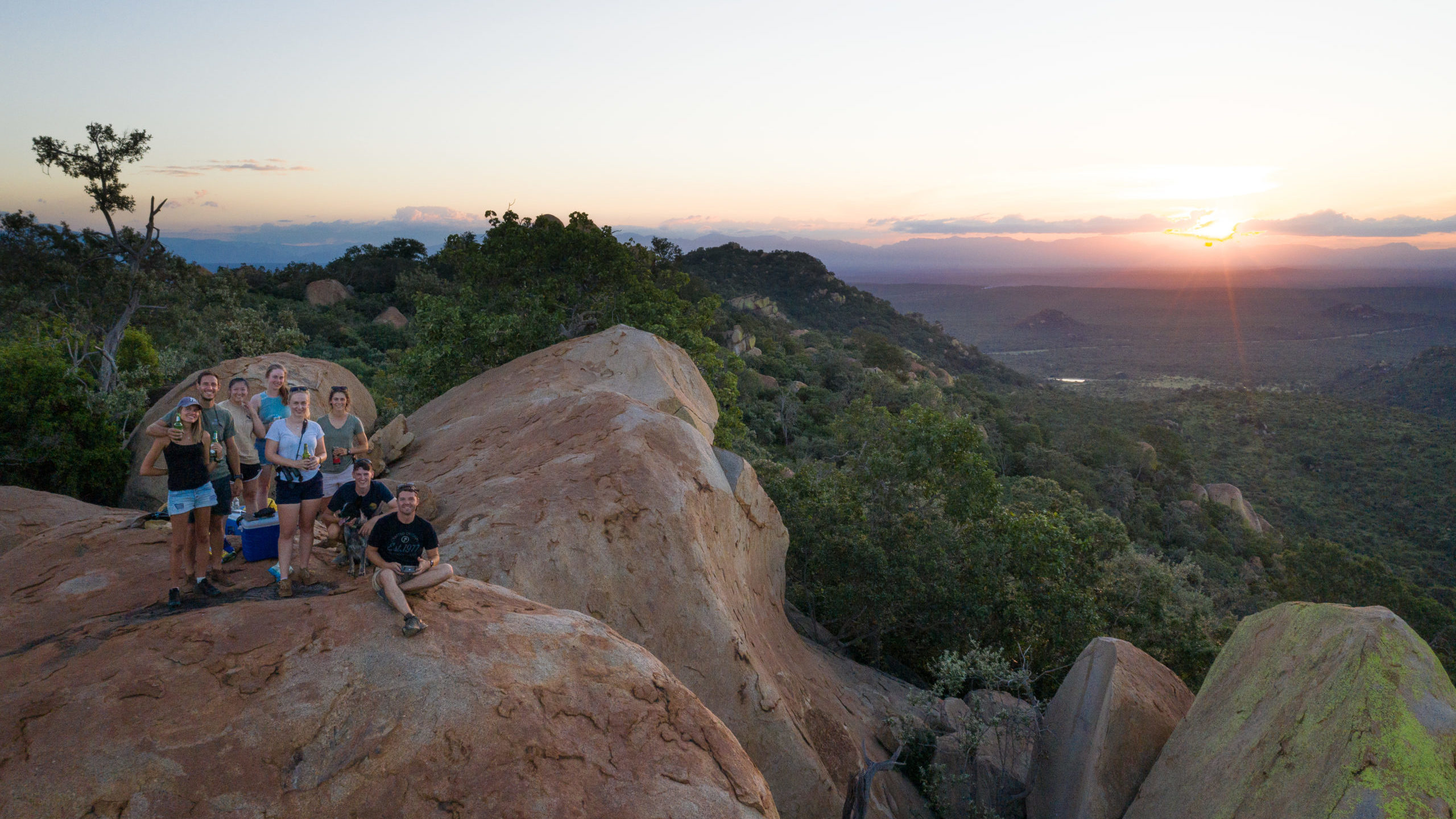
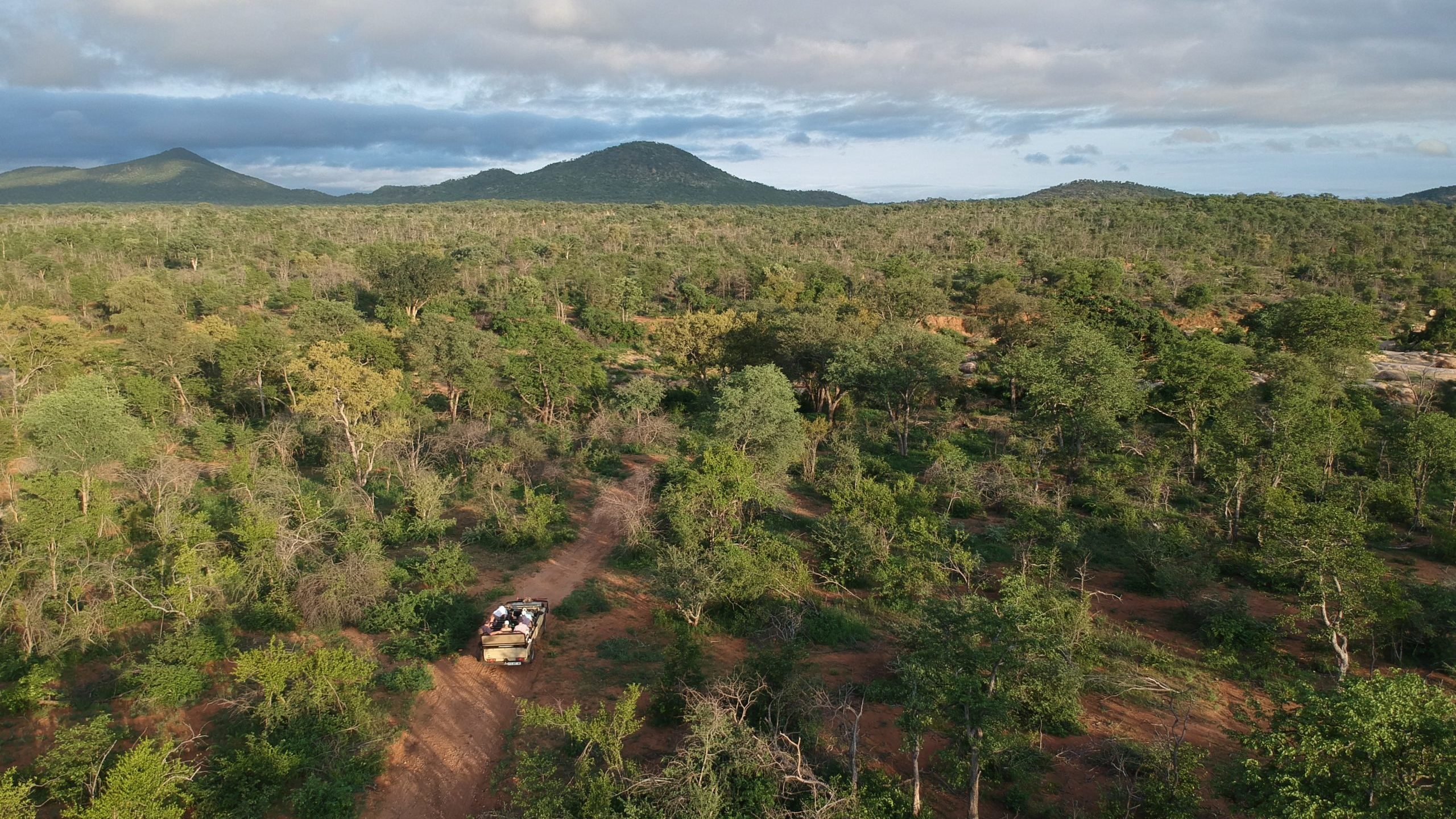
Breath taking
Landscapes
The Selati landscape presents undulating hills, sweeping grasslands, and uninterrupted horizons. Punctuated with grand granite outcrops and margined with the Drakensberg Mountain range, these awe-inspiring vistas beckon travelers from all over the globe.
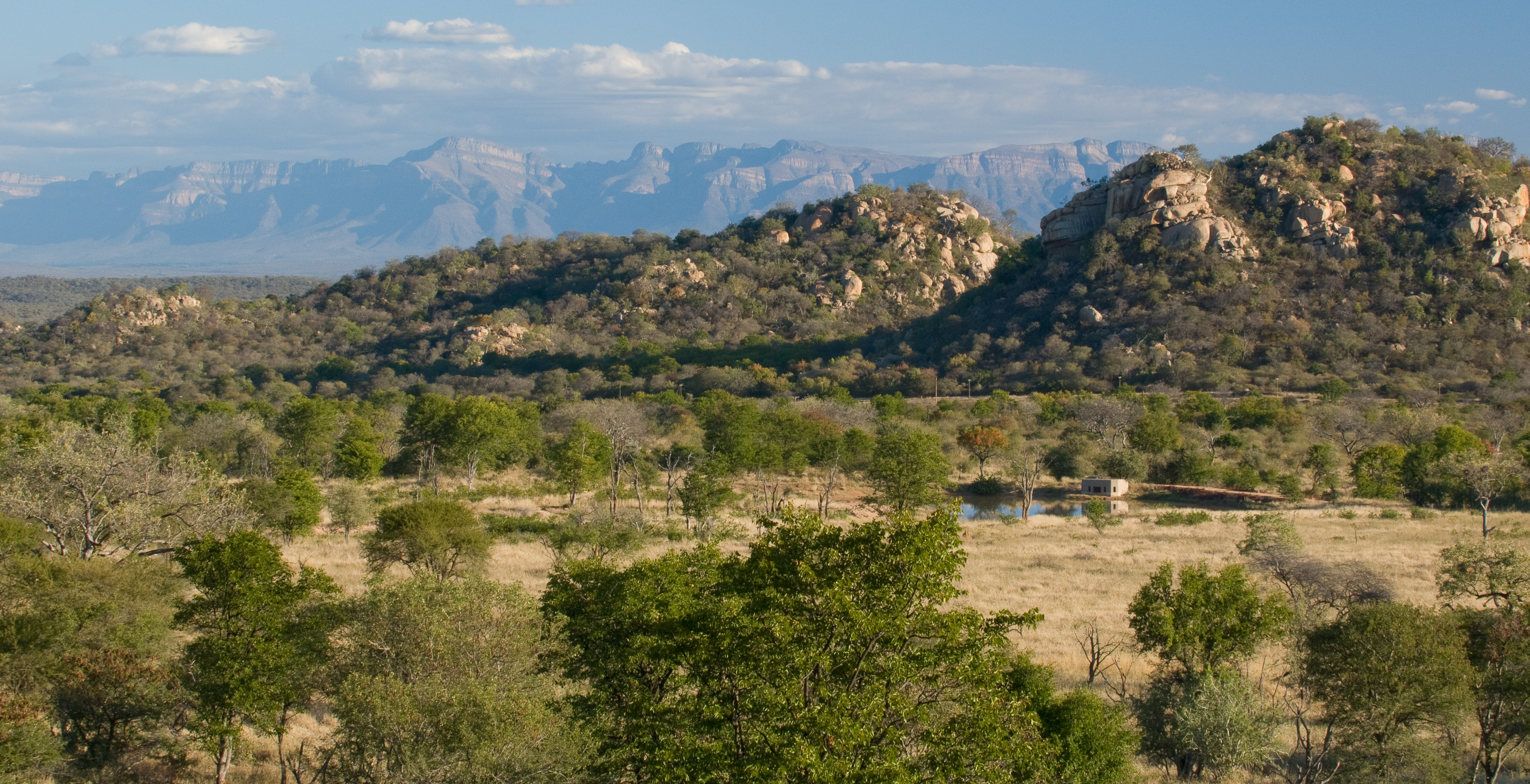
A Peaceful Breakaway
The untapped scenery harbouring an abundance of both plant and animal life provides visitors with unmatched game viewing. As a low development reserve, the mitigation of traffic allows guests to fully immerse with their surroundings and relish in an undisturbed and intimate safari experience.
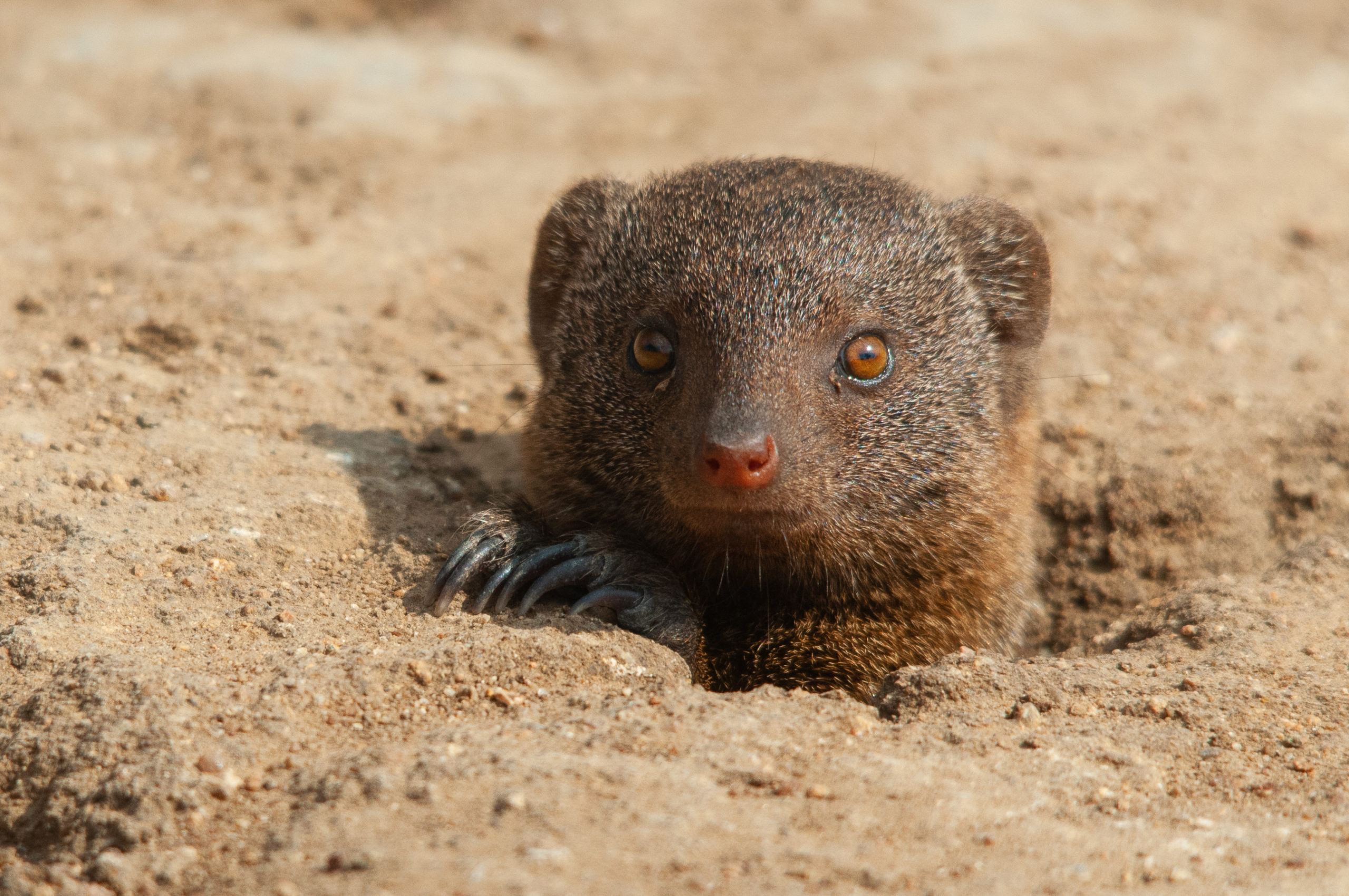
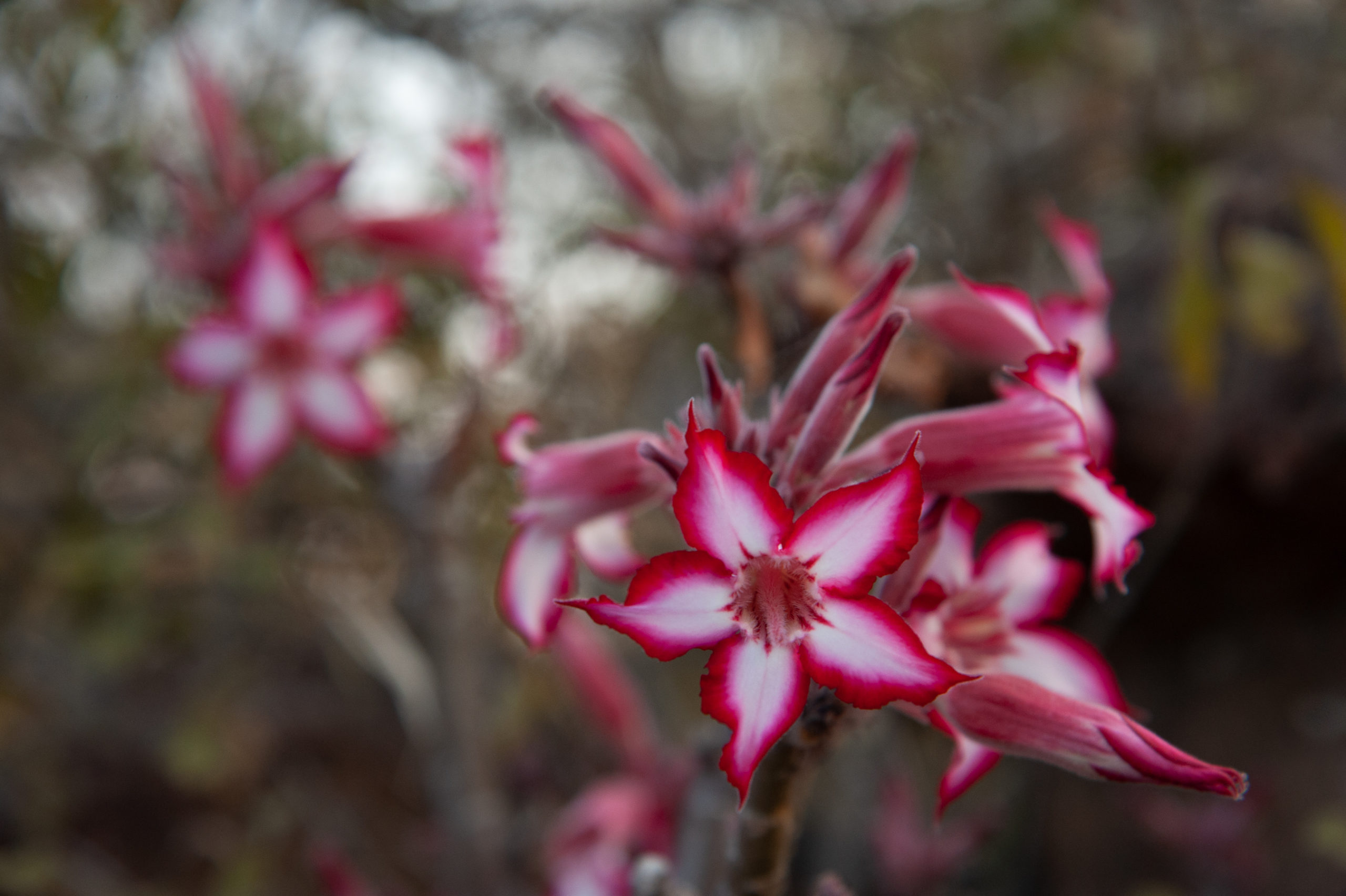
Fauna and Flora
The extensive landscape of the Selati Game Reserve embraces a wide variety of habitats that support a vibrant bird population and over 50 mammal species, such as elephant, rhino, sable antelope, lion, and cheetah. Peppered with a diverse range of geological substructures, the environment allows for the growth of myriad plant species, including the incredibly rare cycad Encephalartos Dyerianus.

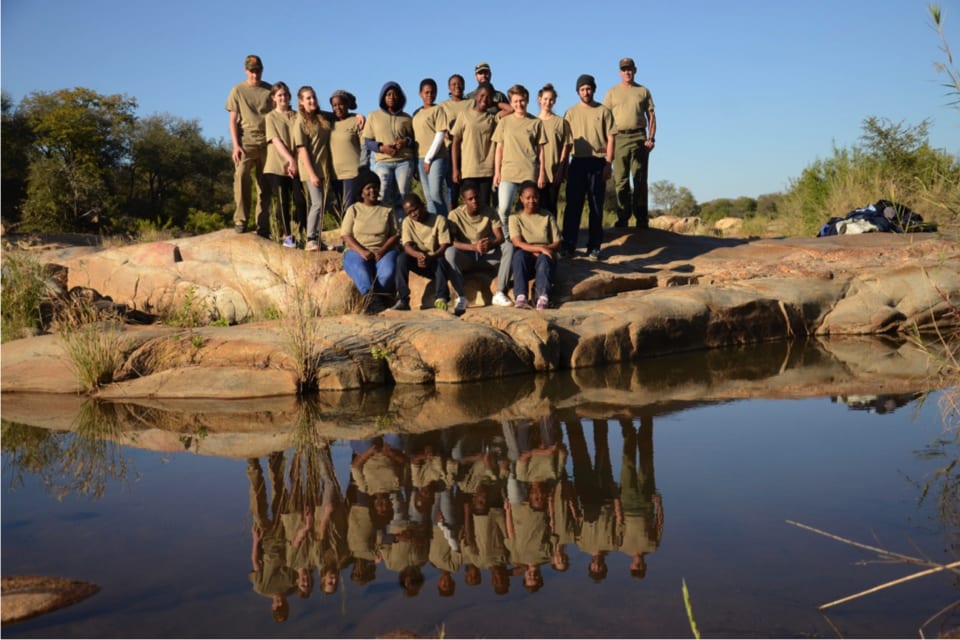
Collaborative Management
The Selati Game Reserve holds a unique constitution which promotes an integrated and collaborative method to the management system of the overall reserve.
Cultivating a Legacy
Reserve efforts continue to pioneer a legacy of conservation and environmental protection. The direction of veld and game resources are focused on supporting a sustainable system that assists in the healthy growth and preservation of the habitats and ecosystems that blanket the reserve.
Management Plan
Governance and Institutional arrangements
The Selati Game Reserve Association was established in 1993 by the amalgamation of numerous separately owned properties to form one large private game reserve located in the Gravelotte area of the Limpopo Province in South Africa. The purpose of the formation of the reserve was to create a contiguous block of land under single management. The founding Constitution, which has shaped the formation of the conservancy and guides the membership and activities on the reserve, has been recently updated. Unique features about the reserve include a very low footprint due to the number of owners and minimum subdivision size of properties and reciprocal traversing across members’ properties over the whole reserve.
The Big Five Game Company (Pty) Ltd was established to ensure the appropriate management of fauna and flora and to manage and operate the reserve on a sustainable basis.
The management of company is overseen by a Board made up of landowners and their representatives. Currently, there are seven non-executive board members, including a Chairperson and Vice-Chairperson. Directors hold their posts for three years after which they may be re-elected by the members of the Association at the Annual General Meeting (AGM) held annually. Members are allocated shares in management company according to a combination of their land size and value, as well as the value of game introduced and vote according to their percentage shareholding.

